Michael Klamkin
Conformal Prediction with Upper and Lower Bound Models
Mar 06, 2025Abstract:This paper studies a Conformal Prediction (CP) methodology for building prediction intervals in a regression setting, given only deterministic lower and upper bounds on the target variable. It proposes a new CP mechanism (CPUL) that goes beyond post-processing by adopting a model selection approach over multiple nested interval construction methods. Paradoxically, many well-established CP methods, including CPUL, may fail to provide adequate coverage in regions where the bounds are tight. To remedy this limitation, the paper proposes an optimal thresholding mechanism, OMLT, that adjusts CPUL intervals in tight regions with undercoverage. The combined CPUL-OMLT is validated on large-scale learning tasks where the goal is to bound the optimal value of a parametric optimization problem. The experimental results demonstrate substantial improvements over baseline methods across various datasets.
Dual Interior-Point Optimization Learning
Feb 04, 2024Abstract:This paper introduces Dual Interior Point Learning (DIPL) and Dual Supergradient Learning (DSL) to learn dual feasible solutions to parametric linear programs with bounded variables, which are pervasive across many industries. DIPL mimics a novel dual interior point algorithm while DSL mimics classical dual supergradient ascent. DIPL and DSL ensure dual feasibility by predicting dual variables associated with the constraints then exploiting the flexibility of the duals of the bound constraints. DIPL and DSL complement existing primal learning methods by providing a certificate of quality. They are shown to produce high-fidelity dual-feasible solutions to large-scale optimal power flow problems providing valid dual bounds under 0.5% optimality gap.
Active Bucketized Learning for ACOPF Optimization Proxies
Aug 16, 2022
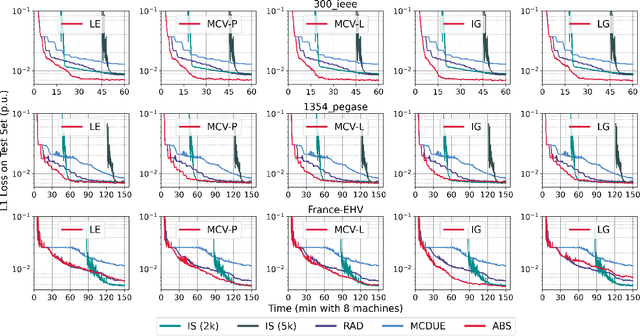

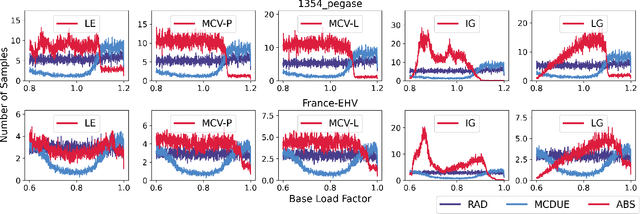
Abstract:This paper considers optimization proxies for Optimal Power Flow (OPF), i.e., machine-learning models that approximate the input/output relationship of OPF. Recent work has focused on showing that such proxies can be of high fidelity. However, their training requires significant data, each instance necessitating the (offline) solving of an OPF for a sample of the input distribution. To meet the requirements of market-clearing applications, this paper proposes Active Bucketized Sampling (ABS), a novel active learning framework that aims at training the best possible OPF proxy within a time limit. ABS partitions the input distribution into buckets and uses an acquisition function to determine where to sample next. It relies on an adaptive learning rate that increases and decreases over time. Experimental results demonstrate the benefits of ABS.
Risk-Aware Control and Optimization for High-Renewable Power Grids
Apr 02, 2022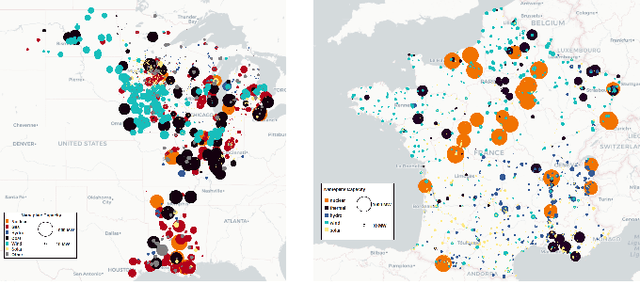
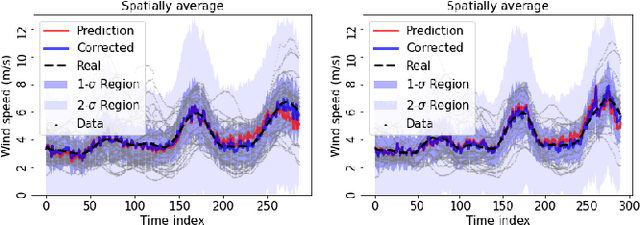
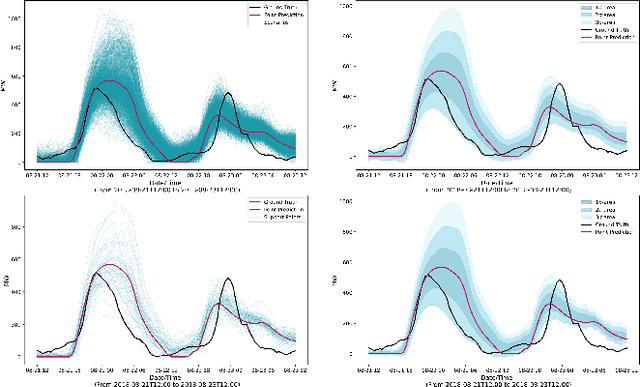
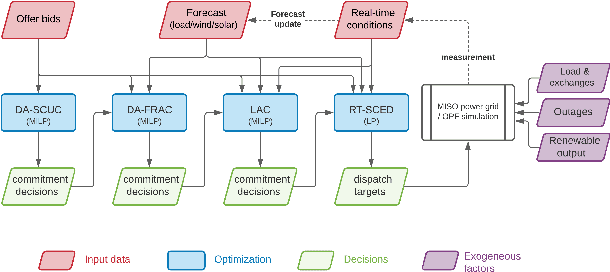
Abstract:The transition of the electrical power grid from fossil fuels to renewable sources of energy raises fundamental challenges to the market-clearing algorithms that drive its operations. Indeed, the increased stochasticity in load and the volatility of renewable energy sources have led to significant increases in prediction errors, affecting the reliability and efficiency of existing deterministic optimization models. The RAMC project was initiated to investigate how to move from this deterministic setting into a risk-aware framework where uncertainty is quantified explicitly and incorporated in the market-clearing optimizations. Risk-aware market-clearing raises challenges on its own, primarily from a computational standpoint. This paper reviews how RAMC approaches risk-aware market clearing and presents some of its innovations in uncertainty quantification, optimization, and machine learning. Experimental results on real networks are presented.
 Add to Chrome
Add to Chrome Add to Firefox
Add to Firefox Add to Edge
Add to Edge